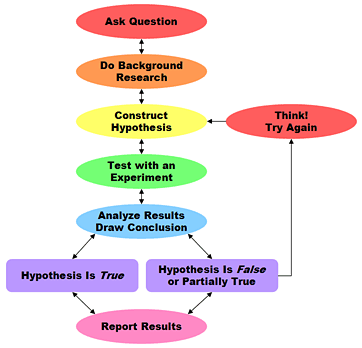There's a sensor in the next room. When I pass it, the lights in the room turn on. Is it triggered by changes in light, or sound?
Research:
The Mythbusters tested an alarm system once. It sensed sound, and they were able to get by it by moving slowly or by using certain materials to muffle the noise they made. I figure this thing might work the same way.
Hypothesis:
The sensor is sound-based.
Experiment 1:
I will throw a screw into the room and see if the pinging noise triggers the lights.
Experiment 2:
I'll try clapping and making clicking sounds with my tongue to activate the sensor. I hope I can figure this out before the guys who work in there get here...
Result: It didn't happen, and I made an idiot of myself. Guessing at this point that my hypothesis is wrong.
New Hypothesis: It's light/motion-based.
Experiment 3: I'll try waving my arm around noiselessly.
Result: I approached it quietly and it flipped on before I could even try anything.
Conclusion: Clearly, the thing responds to light, not sound. This is different from the sensor I saw on TV because, of course, that was a sensor meant for security, not energy-efficiency. In this sensor's case, it wouldn't make any sense if it turned on the lights and the AC every time something went bump in the night.
Edit: Bob (my supervisor) told me it's infrared. So it might even react to changes in heat.
Some interesting stuff did actually go on today besides my important experimentation. I'll blog about it later.

No comments:
Post a Comment